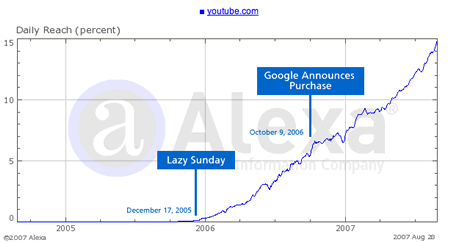4 Reasons why feature creep happens and why it’s an even tougher problem when designing social web applications.
(This is part II of a series on Putting the Del.icio.us Lesson into Practice. Part I dealt with the Cold-Start Problem)
Feature creep affects almost all design projects. We’re all familiar with the bazillion features in Microsoft Word, the countless buttons on our remote control, and the acute difficulty of setting an alarm clock.
When building social web applications, feature creep is especially difficult because there are so many possibilities for social features! We’re always captivated by the potential social value of what we’re building. If we add tags here then people will be able to do that there! …etc. When we begin to imagine the possible social features it becomes doubly tough to focus on personal value, as The Del.icio.us Lesson would suggest.
Less than the Sum of its Parts
So what is feature creep? Feature creep is the process of slowly adding features to a product or interface over time. The result is a design that is less than the sum of its parts. The features may have added functionality, but the overall effect is negative. The complexity brought on by the features has, instead of adding value, made the design undesirable and a pain to use. Simply put:
Feature creep happens when the design team underestimates the burden each additional feature puts on the person using it.
To prevent feature creep from happening, it is useful to explore why it happens in the first place. By looking at the reasons why it happens, we can get a better idea of how to avoid it happening to us.
Continue Reading: Putting the Del.icio.us Lesson into Practice, Part II: Feature Creep





